The reintroduction and protected status of the gray wolf in the United States is the source of heated debate. In 1906, President Roosevelt listened to the advice of the U.S. Forest Department and the Bureau of Biological Survey and ordered the destruction of wolves (including the gray wolf).
By the middle of the 20th Century, the government-sponsored project had driven the gray wolf from all but two states, Minnesota and Michigan. One well-known moment in this war on wolves was the killing of the last gray wolf in Yellowstone National Park in 1926.

Flash-forward to 1996, and the U.S. government uses tax dollars to release, reintroduce, and protect 31 gray wolves in that same Yellowstone National Park.
Today, anyone questioning the logic of reintroducing the gray wolf gets derided as anti-science, a propagandist for wealthy cattlemen, or a fearful fool who believes in old fairy tales.
Today the Federal Bureau of Investigations will give you $10,000 for information about a missing Washington State Native American woman.
But the Center for Biological Diversity, Conservation Northwest, Defenders of Wildlife, Humane Society of the United States, Kettle Range Conservation Group, Northwest Animal Rights Network, Sierra Club – Washington Chapter, Washington Wildlife First, and the Western Watersheds Project will give over $50,000 to help them find out who poisoned six wolves in that same state.
The $50,000 reward will probably decide the fate of those responsible for the 2022 killing of the wolves. Whoever abducted 40-year-old Tulalip tribal member Mary Ellen Johnson-Davis in December 2020 remains at large and of lesser value and interest, at least to the F.B.I.
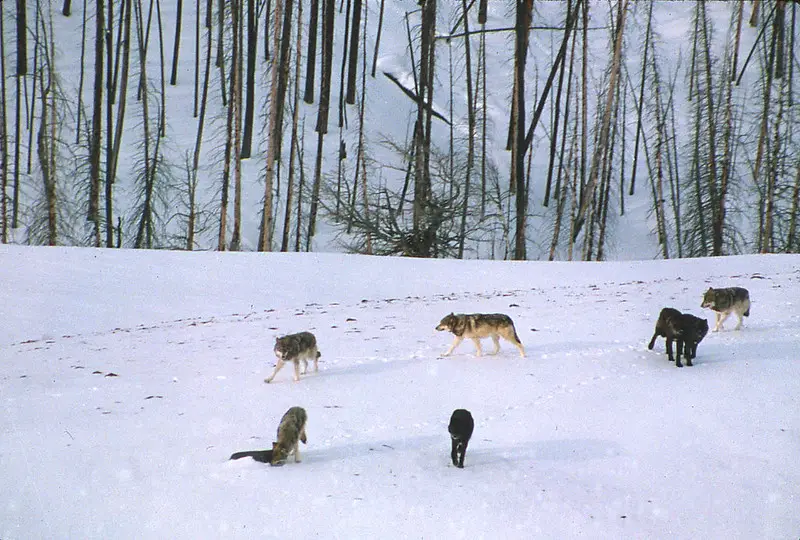
Gray wolf (Canis Lupus): Description.
Gray wolves, or timber wolves, are the world’s largest wild canine apex predators. They have successfully inhabited mountains, deserts, forests, and grasslands. In the United States, they prey upon some of the largest hooves animals, including elk, caribou, and moose.
The gray wolf has a narrow chest and long slender legs whose front forearms’ are fused to increase running speed, even in deep snow. A gray wolf can run up to 40 mph and travel 30 miles to hunt in a single day.
As an apex predator, a gray wolf is a killing machine with powerful jaws and large skulls that can catch, hold, and tear apart much larger prey. In addition, the gray wolf uses its superb vision, hearing, and sense of smell (100 times more powerful than humans) to detect prey and determine the weakest member in a group of potential targets.
Pelt color and coat qualities.
The gray wolf can be all-white or all-black but tends to be a pale gray most of the time. The gray wolf sometimes resembles a large German Shepard from a distance—especially in how it holds its tail down behind its legs.
The wolf also has a thick, noticeable ruff of fur “like a cape” around the neck and shoulders. And one last tip, if it’s snowing, the fur on a wolf’s back will not melt. The insulation provided keep’s wolf body heat away from it.
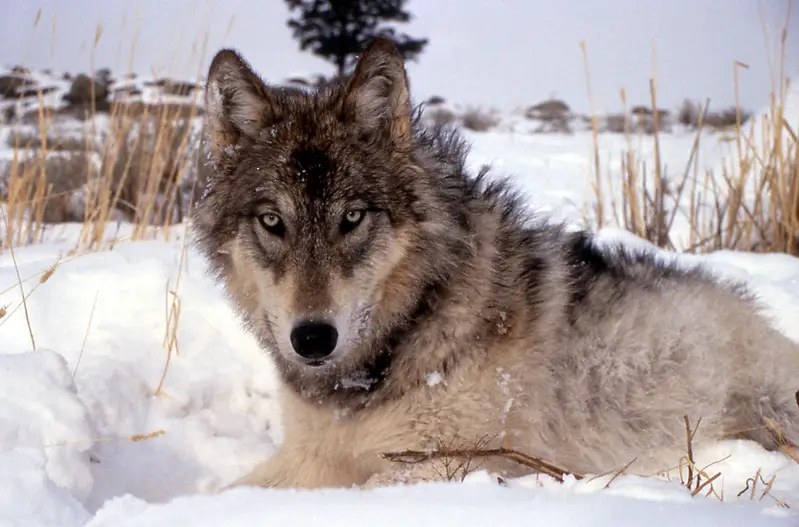
Gray wolf size and weight.
The male gray wolf weighs between 50 and 175 pounds; females weigh between 50 and 100 pounds. They measure between 4 feet to 6 and three-quarters feet in length. The gray wolf can be as tall as 30 inches high when measured at the shoulders.
Gray wolf: Social structure and behavior.
Unlike coyotes, gray wolves hunt in packs with other unrelated (genetically) wolves. Within a family unit, wolves work together to protect their territory, raise their young, and hunt larger prey. They communicate with each other by howling, barking (usually only by juveniles), whimpering, and snarling.
Wolves also communicate with each other using body language; even humans can easily translate it. For example, a subordinate gray wolf approaches a dominant pack member by tucking its tail between its legs, pinning its ears back, and slinking toward it—ready to submit.
Friendly social equals and mates approach each other with raised heads, tails, and ears. Conversely, disputes between equals, non-pack members, and other threats are greeted with growls and displayed fangs.
Gray wolf howls are longer than coyote howls and noticeably smoother and more profound in their tone. The information being communicated in these howls, however, is the same for each animal. For example, who is calling, where they are, and the sender’s mood (threatened or unthreatened).
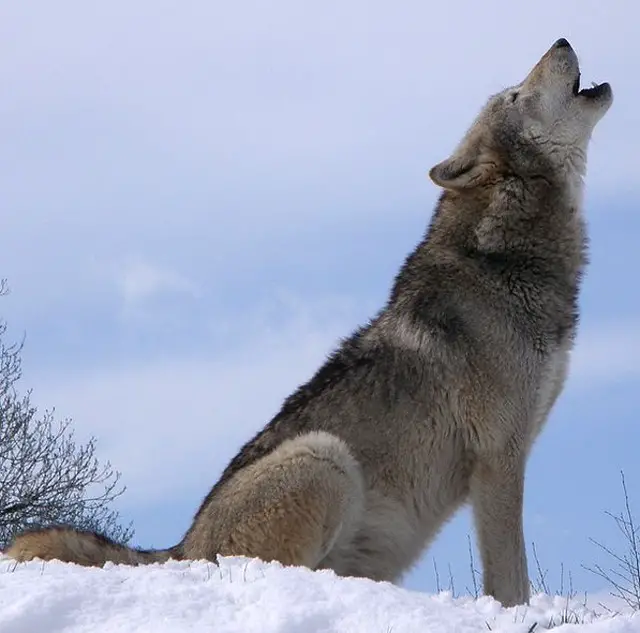
Gray wolf: Reproduction and pup rearing.
A mated pair of gray wolves can produce one litter of pups yearly. The average size of a gray wolf litter is 4-6 pups. Puppies will usually stay with the alpha male and female for two years before dispersing and seeking out another unrelated (for genetic reasons) pack or mate.
Despite the near-constant protection of their parents, gray wolf pups can have a mortality rate of 50%. Starvation, malnutrition, disease, and even eagles and bears contribute to the death of most of these pups.
Why is the gray wolf being reintroduced?
We Americans cannot make up our minds about the gray wolf. After hunting it to near extinction (for damn good reasons), we suddenly changed our minds.
In 1978, The Federal Wildlife Service reclassified the gray wolf as endangered throughout the contiguous United States, except for some gray wolves in Minnesota.
Then, in 2021, the gray wolf populations in the contiguous United States were delisted due to recovery (including federal reintroduction efforts).
However, a year later, we changed our minds again. In February of 2022, the gray wolf was relisted under the Endangered Species Act in the lower-48 states following a federal court order.
Some want to reintroduce the gray wolf and keep it protected because they believe that wolves revitalize and restore ecosystems. Though the gray wolf may prey upon some animals, the net effect of the wolf is to increase the prey’s population by improving their habitat.
I am against reintroducing the gray wolf (see my argument against reintroducing the gray wolf into New York). I don’t think we have considered the long-term consequences of allowing this apex predator to once again live beside us. It did not go well last time.
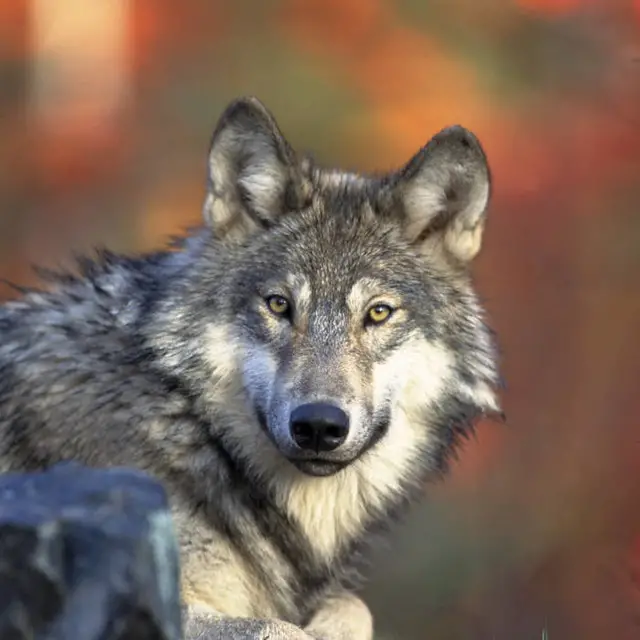
The forgotten history of the gray wolf in the United States.
The gray wolf was once, and still is in many places, a hated pest. While today we view every act of those who proceeded us with the knowledge we would never had made any mistakes, there is no reason to believe the extermination of the gray wolf was a mistake.
As the United States was settled, wolves directly threatened the survival of the settlers and colonists. Minus the fences and corrals, semi-automatic rifles, and night vision scopes of today, there was no way for a lone family to defend their food source at night. By necessity, wolves were first taken on sight and then actively pursued and hunted.
Later on, when cities began popping up, cattle ranchers provided the meat they needed. As is true today, in the past raising cattle and farming didn’t make people wealthy. It might pay the bills, but only if a rancher or farmer put in enough hard work and had good luck.
A gray wolf grabbing an occasional calf was a considerable financial loss to some. But life in the early 20th Century wasn’t the story of a single rancher fighting off his four-legged Moby Dick. Instead, it was a battle between a relentless animal that could see in the dark and a working man who had to sleep at night.
In the 1920’s, many individual gray wolves earned solid reputations as livestock killers. These most famous gray wolf, The Custer Wolf, was credited with killing more than 500 livestock and horses, worth around $25,000, or $372,000 in 2022 dollars.
A recent history of the wolf in America.
Idaho deliberately reintroduced wolves 25 years ago. Today, Idaho allows hunters to kill up to 90% of the wolf population every year. What changed lawmakers minds? What finally convinced them that tens of millions of dollars spent helping the wolf’s return were a total waste of taxpayer’s dollars?
According to Idaho’s Governor Little, ”Idaho has been responding to wolf depredations for years, and this legislation is an attempt to provide additional tools to address conflicts that negatively impact our wildlife populations and harm Idaho’s agricultural industry—the backbone of our economy.”
Whether those that wanted to reintroduce wolves to Idaho lied or failed to watch Jurassic Park (life finds a way), the number of wolves predicted to inhabit Idaho was greatly underestimated.
Idaho lawmakers told ranchers and other residents who voiced concerns about bringing the wolf back to Idaho that at most 150 wolves would take up residence in the state. By 2021, there were at least 1,500. According to State Senator Mark Harris, a rancher himself, ”These wolves, there’s too many in the state of Idaho now. They’re destroying ranchers. They’re destroying wildlife.”
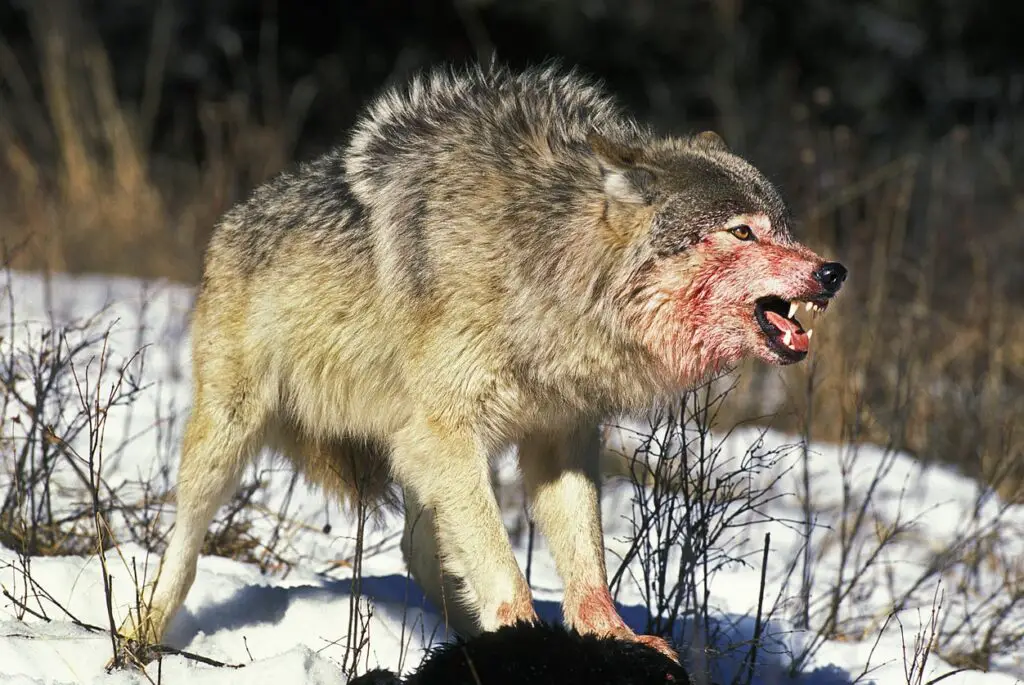
Why reintroducing wolves might soon have more detractors.
In Washington State, ranchers no longer trust the lawmakers, biologists, or the Fish and Wildlife department to be truthful in their reporting of damages and attacks by wolves.
The state allows the lethal removal of wolves after they have injured or killed a rancher’s livestock three times within the last 30 days or four times within the previous ten months. But ranchers must prove non-lethal methods did not work before they can kill the attacking wolf.
One Washington State rancher put his thumb on the problem when he said, “If the wolf population grows in the right political spots, then something will be done. What I’ve seen is that the farther you are away from wolves, the more you like them.”
The gray wolf: Conclusion.
The gray wolf is a fantastic creature and has its time and place. However, reintroducing the gray wolf into lands no longer fit for its habitation that is now populated by the ultimate apex predator (man) will end up being another waste of taxpayer money.

